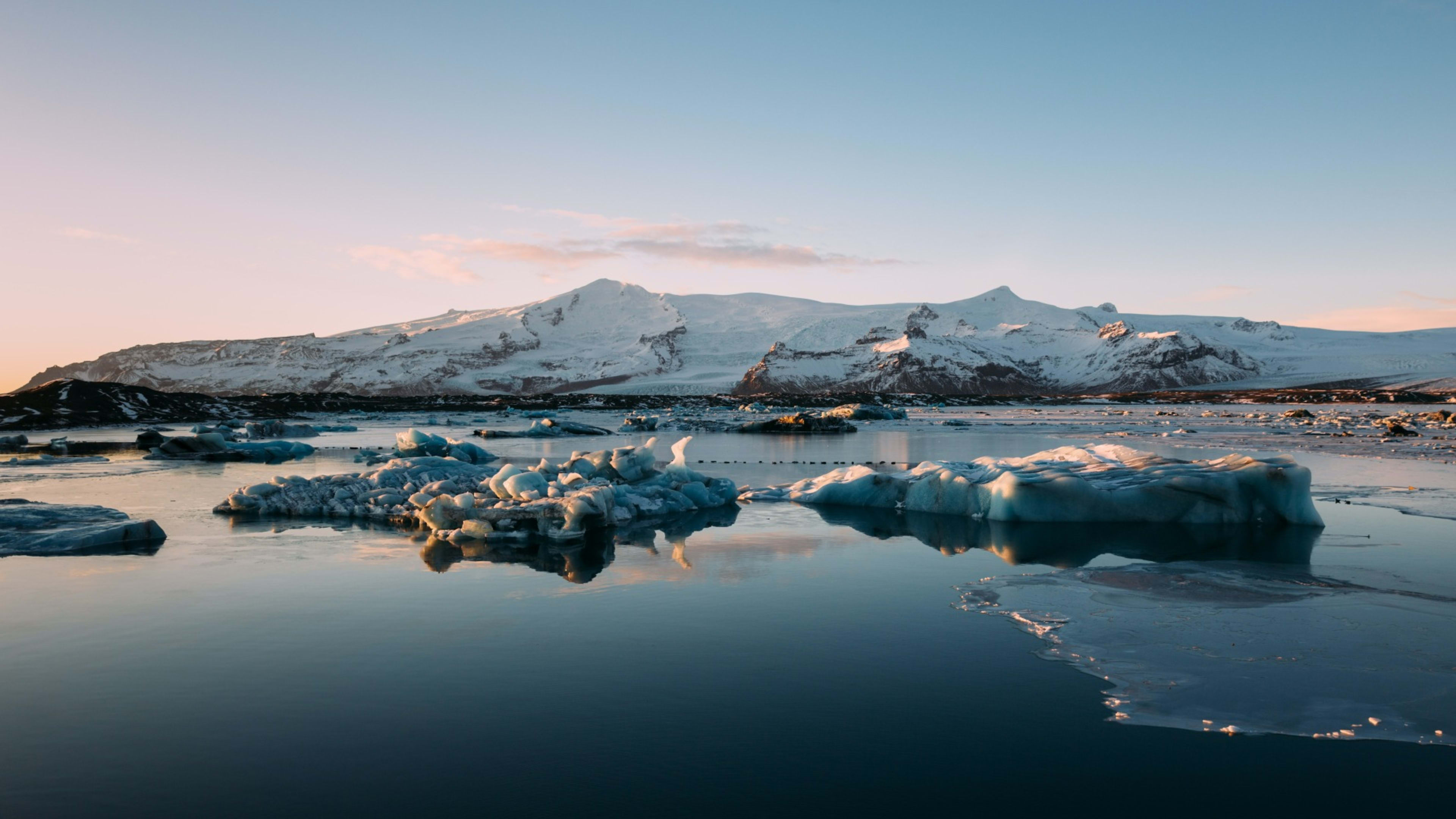Why take a trip to Iceland in March? You’ve got a great chance of seeing snow, and though the days are getting longer, the Northern Lights continue to appear. That sense of winter magic is still very much in the air.
If you want to make the most of a winter break in Iceland, then the month of March is a great time to visit. You’ll get all the charms of winter, but have much more sunlight than in December, January, or February.
So what does Iceland have in store for you in March? Read on to find out.
- Check out these Iceland winter vacation packages and plan your March trip today.
- Blog: Why visit Iceland in 2023?
Should I go to Iceland in March?
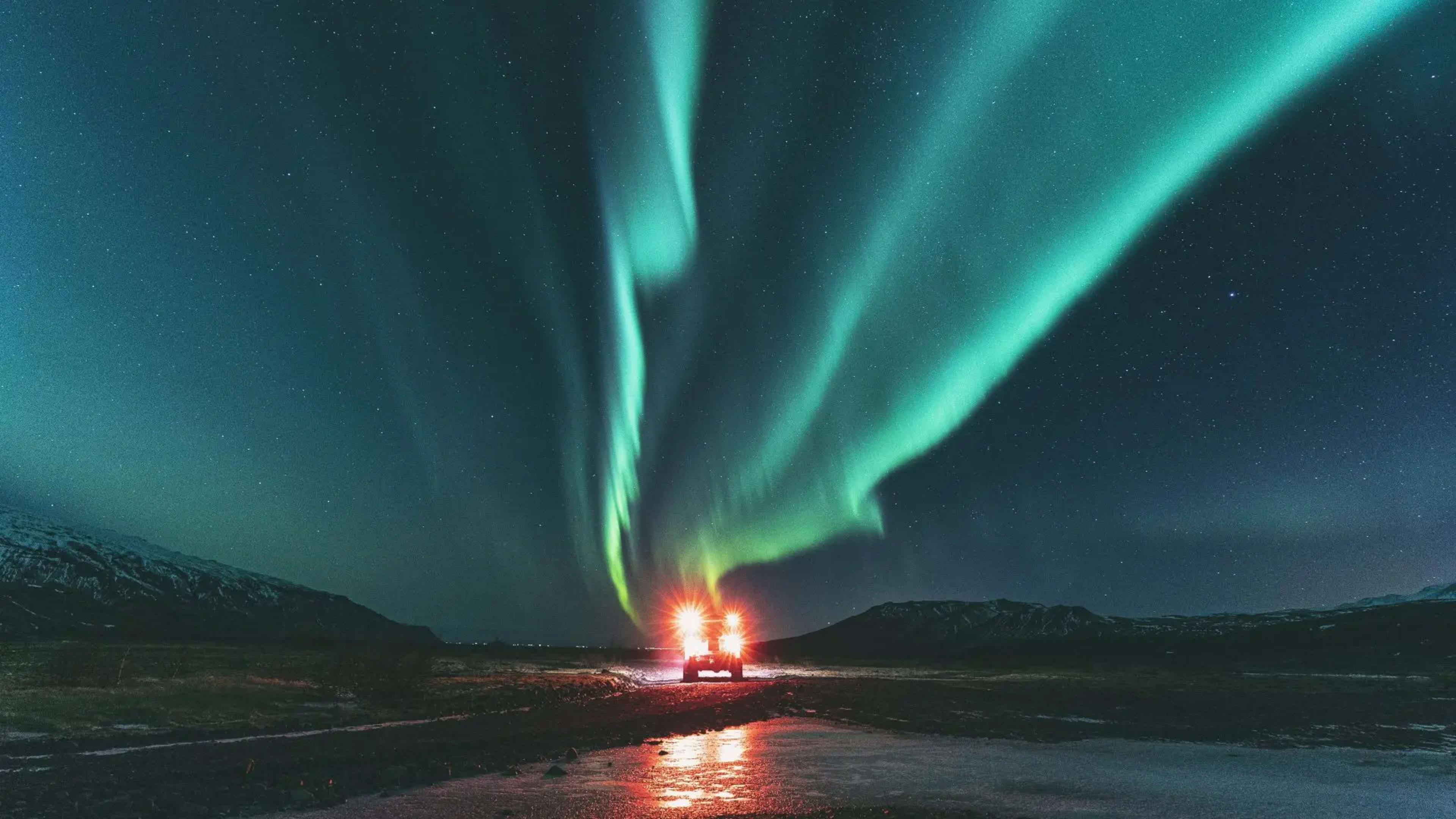
For sure! Even though March is definitely still wintertime in Iceland, it’s a great time of year to visit. It’s normally one of the snowiest months, making for not only beautiful backdrops but ideal skiing conditions.
March also offers you a good balance between day and night. The days are steadily getting longer, but equally you still have enough darkness to go out and hunt the Northern Lights.
Visiting Iceland in March allows you to catch all the highlights of winter before they disappear, including shimmering ice caves, snow-capped mountains, and glaciers at their fullest extent.
- Walk inside a glacier on an ice cave tour in Iceland.
- Blog: How many days do you need in Iceland in winter?
You’ll also be able to enjoy classic natural sights such as geysers, hot springs, waterfalls, volcanoes, and mountains.
Best things to see and do in Iceland in March
You’ve got shedloads of options on a trip to Iceland in March. Shake up your itinerary with a mix of nature and culture, all without having to venture too far from Reykjavík.
Imagine fresh and crisp winter days, with the bright sun illuminating snowy landscapes. Clouds of steam rising from the ground as naturally heated water hits the cold March air. A truly magical sight!

Here are some ideas for things to do in Iceland in March:
- Take a whale watching tour from Reykjavík or Húsavík
- Go glacier hiking and snowmobiling on Langjökull
- Relax and unwind in the Blue Lagoon geothermal spa
- Join ice cave tours in Vatnajökull National Park
- While away the evenings chasing the Northern Lights
- See snow fall on Reynisfjara black sand beach
- Ski the slopes of the Bláfjöll mountains
- Check out the classic gems of the Golden Circle route
- Watch water boil in the ground at the Deildartunguhver hot spring
- Venture to the Snæfellsnes peninsula with its own glacier
- Spot Icelandic horses as you drive through South Iceland
- Soak up culture in Reykjavík or Akureyri
Want to go earlier? Find out what you can do on a trip to Iceland in February.
Events in Iceland in March
Icelandic Beer Day
A curious fact about Iceland is that beer was banned in the country until 1989! Every year on 1 March, Icelandic Beer Day (called Bjórdagurinn in Icelandic) is held to mark the day the prohibition was lifted.
You could say we’re living in the golden era of the Icelandic beer scene. Over the past decade or so, craft breweries have sprung up around the country. The selection of high-quality, characterful Icelandic beers grows bigger and bigger every year.
Brewery tours are a great way to experience Icelandic beer culture. Why not visit Borg brewery in Borgarnes, West Iceland? Or if you’re heading up north, you could visit the famous Einstök Brewer’s Lounge in Akureyri.
- Read more about Iceland’s bars & nightlife.
Best places to visit in Iceland in March
1. West Iceland
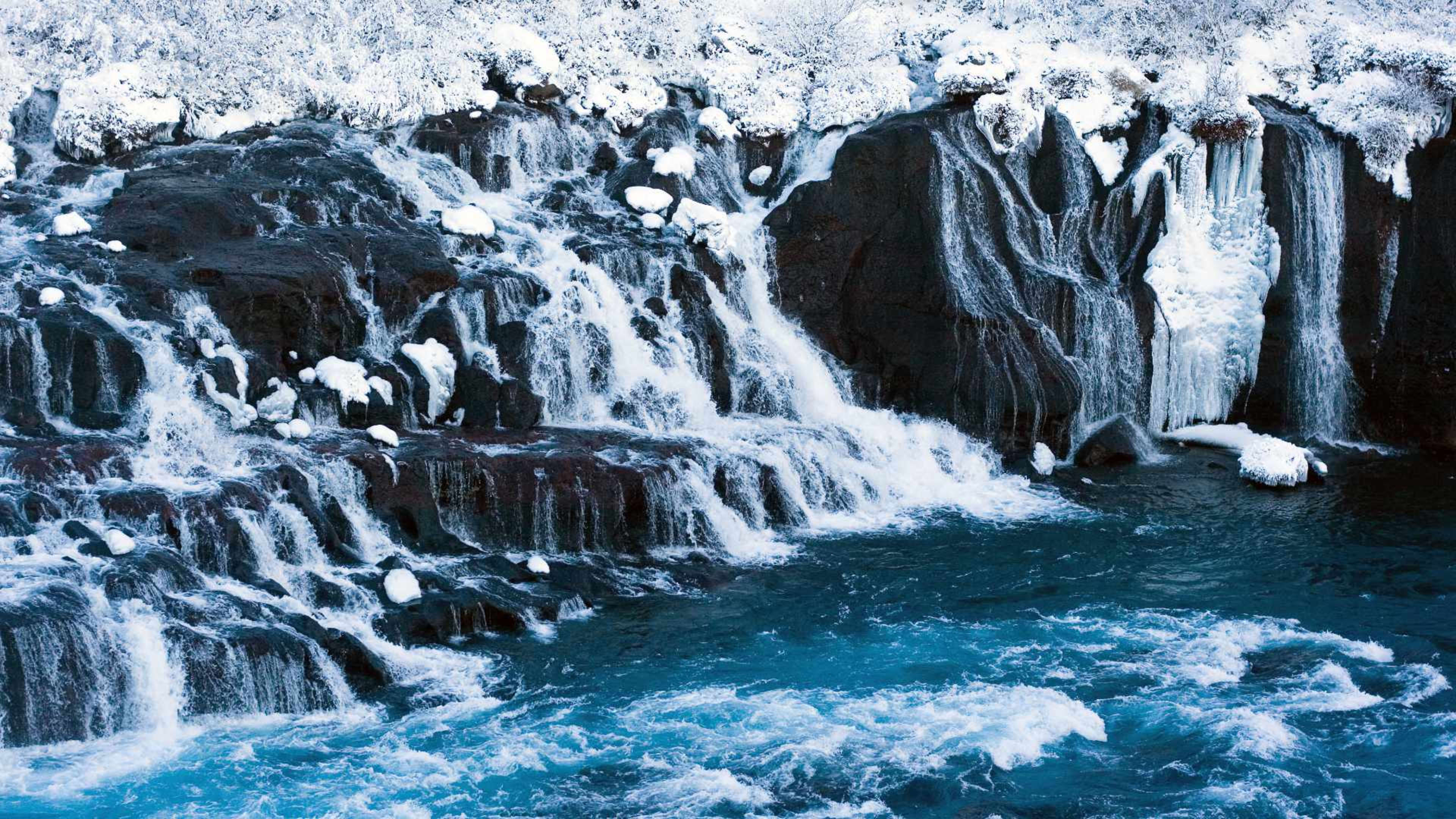
Location: Around 1 hour’s drive north of Reykjavík.
Why visit? West Iceland is easily accessible at all times of year, so it’s perfect for a winter road trip.
For the fast route west, follow the Ring Road through the Hvalfjörður tunnel. Alternatively, you could drive the scenic way around the fjord along route 47. Hvalfjörður has fantastic coastal scenery and is famous for its clean waters, where mussels are harvested.
Check out the quaint town of Borgarnes, one of the oldest in Iceland. If you want to learn more about the first settlers, pay a visit to the Settlement Center museum in the town.
- Explore West Iceland on one of these winter vacation packages.
- Related: Best towns & cities to visit in Iceland.
The jewels in the crown of West Iceland are around the Reykholt area. There you’ll find the awe-inspiring Deildartunguhver hot spring. And be sure to check out Hraunfossar and Barnafoss, two of Iceland’s prettiest waterfalls.
Don’t miss: A guided tour of the Víðgelmir lava cave, if you’re feeling adventurous!
2. Húsavík

Location: North Iceland, 1–2 hours from Akureyri.
Why visit? Húsavík has been making a name for itself in recent years, mainly as the capital of whale watching in Iceland. The town’s most recent claim to fame though is as the backdrop to the Netflix film Eurovision Song Contest: The Story of Fire Saga.
Whatever reason you decide to visit Húsavík, there’s no denying its small-town charm. Here you’ll also find the Húsavík Whale Museum and Icelandic Maritime Museum.
What’s more, Húsavík boasts its own microbrewery. If you happen to be in town on or around Icelandic Beer Day, be sure to stop by for a cold one!
- Head to Húsavík on a winter self-drive trip around Iceland.
Don’t miss: The charming wooden-framed church opposite the harbor. When it’s open, you can climb the tower for a fantastic view over the sea.
3. South coast
Location: We’ll give you 1 guess.
Why visit? The great thing about Iceland’s south coast is that it’s easy to get to pretty much all year round. In wintertime, its star attractions look fantastic. Chief amongst them are the Seljalandsfoss and Skógafoss waterfalls, which are particularly stunning against the snow.

You could also head down to the Vík area. This popular village is nestled between mountains and the world-famous Reynisfjara black sand beach. And because it’s Iceland in winter, you can’t rule out snow on a trip to the beach!
- Stop off at Reynisfjara on an Iceland Ring Road trip.
- Blog: Your guide to Reynisfjara black sand beach.
Don’t miss: The Reynisdrangar sea stacks. These columns of rock are visible from both the village of Vík and Reynisfjara beach.
4. Golden Circle
Location: Around 1 hour’s drive east of Reykjavík inland.
Why visit? It’s essentially a crime to visit Iceland without doing a Golden Circle tour. Here you’ll find 3 of Iceland’s most famous attractions.
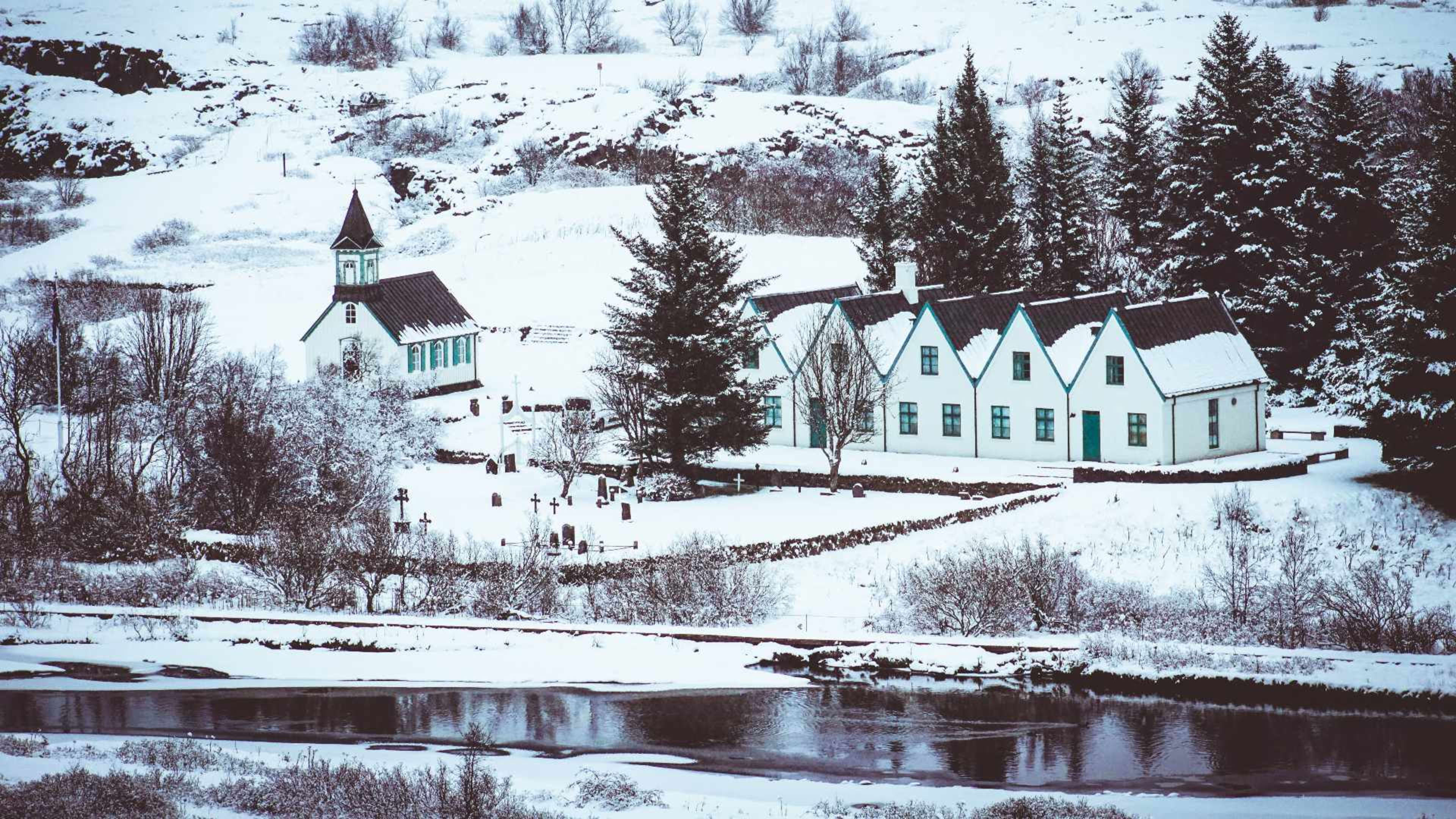
First, there’s Þingvellir (Thingvellir) National Park. This is the site of Iceland’s ancient Viking parliament and spectacular scenery between the Eurasian and North American tectonic plates.
Next, you’ll make your way to the Geysir area. Named after Iceland’s most famous geyser, it’s a hotbed of geothermal activity. Although Geysir itself may now be sleeping, you can see its younger brotherStrokkur erupt every few minutes.
- See Þingvellir, Geysir, and Gullfoss on a multi-day tour from Reykjavík.
- Blog: Your complete guide to the Golden Circle.

The icing on the cake is the jaw-dropping Gullfoss waterfall. Witness the powerful stream of water tumble over multiple sheer rock faces, over a total height of more than 40 meters (130 feet). On a sunny day, you might even be lucky enough to see a rainbow form in the waterfall’s mist.
Don’t miss: Peningagjá gorge at Þingvellir. Throw a coin in here for good luck!
5. Reykjavík culture

Location: Southwest Iceland.
Why visit? Reykjavík is packed full of galleries and museums, which make perfect additions to your itinerary in between adventures into the countryside.
Museums downtown include the Settlement Exhibition, National Museum of Iceland, and Icelandic Phallological Museum. Hold on, what? That’s right, Iceland has its very own museum dedicated to penises of various species.
- Delve into Reykjavík and its surroundings on a city break.
- Related: Best museums in Reykjavík.
On the more conventional side of things are the National Gallery of Iceland, Reykjavík Museum of Photography, and Ásmundarsalur Gallery. The Reykjavík Art Museum is also well worth checking out. It has two main locations: downtown in Tryggvagata, and at Kjarvalsstaðir in the Klambratún park.
Don’t miss: The Nordic House, a short walk from downtown near the University of Iceland. A beautiful library and gallery space designed by Finnish architect Alvar Aalto.
- Related: Best places to visit in Iceland.
What’s the weather in Iceland like in March?

March is wintertime in Iceland, so weather conditions are still pretty cold. But don’t let that put you off!
The average high in Reykjavík in March is 3°C (38°F), whilst the average low is –2°C (28°F). This means there may well be snow, although if you get a warmer day it might not stick around.
Wind is a fairly constant fixture of the weather in Iceland at all times of year. It can knock a couple of degrees off how cold the temperature feels, so make sure you bring extra layers to keep warm.
- March sound too cold? Check out our guide to Iceland’s climate to find the perfect time of year for you.
- Related: Iceland in Spring – Your Guide.
Is there snow in Iceland in March?
Snow and ice are a definite possibility if you’re visiting Iceland at this time of year. In fact, the weather in March tends to be really quite snowy, with heavy overnight frosts.
On average, around 23 cm (9 in) of snow falls across the month in Reykjavík. This makes March the snowiest month of the year.
Is driving in Iceland in March safe?
Driving in Iceland in March can be done perfectly safely. That said, conditions are likely to be different from what you’re used to back home. There’s the chance of frost and snow on the roads, but they are cleared regularly.
You should keep an eye on the weather forecast and check for any road closures. That way you can adjust your itinerary if needed.
- Find out more about driving in Iceland with our car rental guide.
If the temperature climbs above freezing though, the snow will soon disappear by itself.
How many hours of daylight are there in Iceland in March?

The days are starting to get decently long by March. At the start of the month, sunrise is around 8:35 a.m. and sunset around 6:45 p.m., giving you a good 10 hours.
Towards the end of March, the sun is coming up by 6:50 a.m. and setting at around 8:15 p.m. This adds another 3½ hours onto your day.
Good to know: There’s no daylight savings time in Iceland, so the clocks don’t change in March as in many other countries.
Can you see the Northern Lights in Iceland in March?
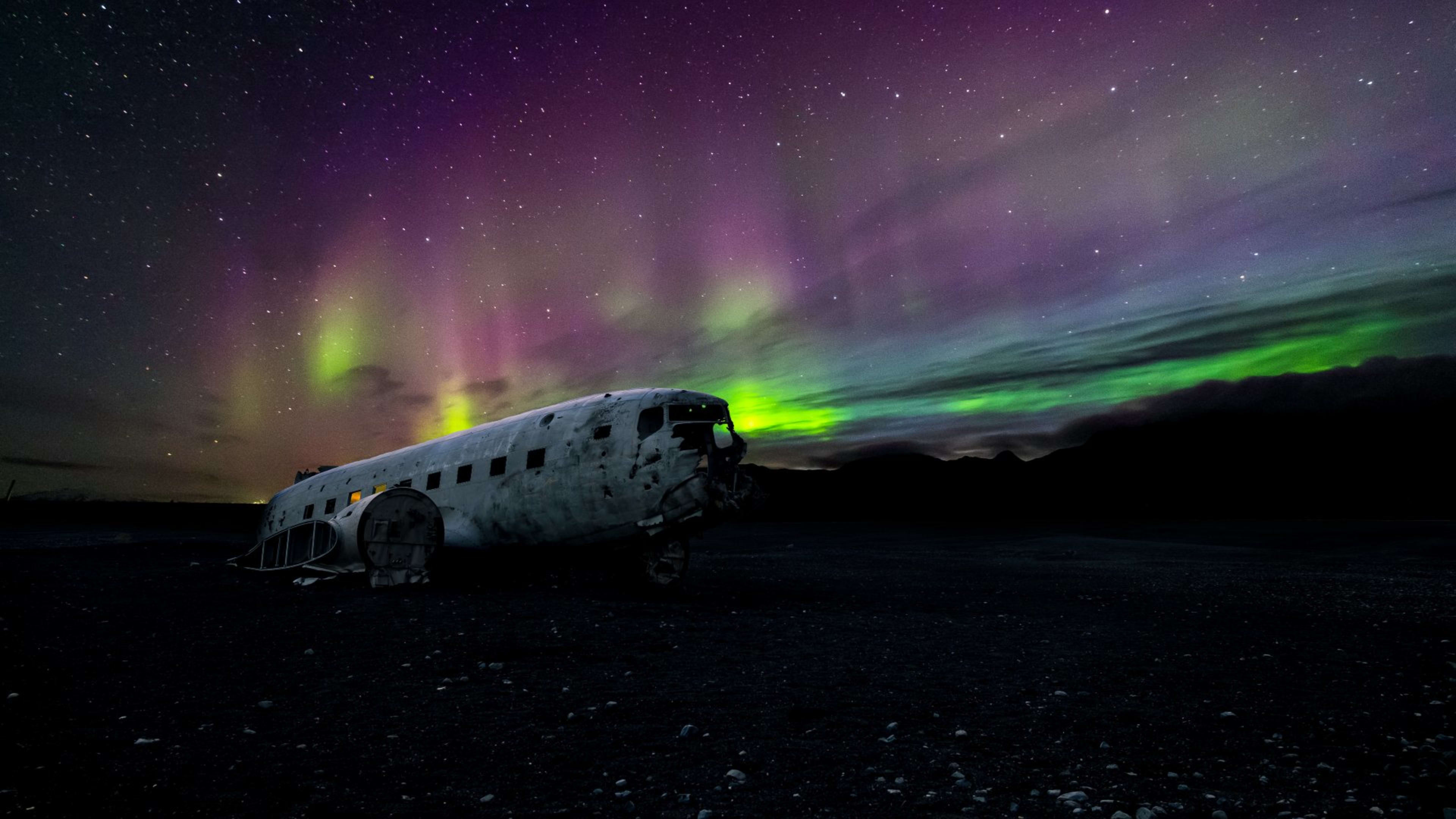
Definitely! To maximize your chances, you should think about a trip in early March if seeing the Northern Lights is top of your list. That way you’ll have more darkness and therefore more opportunities to spot the lights.
Although it’s certainly possible to see the Northern Lights at this time of year, no one can guarantee a sighting. This is because they’re a natural phenomenon dependent on clear skies and high solar activity.
Northern Lights tours run every evening, and you normally get a chance to go again if you didn’t manage to catch them the first time. So try your luck, and fingers crossed they come out to play!
If you want to know more, check out the best places to spot the Northern Lights in Iceland.
What to wear and what to pack for a trip to Iceland in March
As the Icelandic weather in March is still decidedly wintry, it pays to pack well. Bring plenty of warm layers and extra changes of clothes. Streets can be wet and slushy, so having a spare pair of socks to hand means you’re never far away from being dry and toasty.
Here’s your list of must-pack items for March:
- Warm and waterproof winter coat
- Sturdy, waterproof boots and thick socks
- Gloves, scarf, and woolen hat
- Wooly sweaters
- Thermal underwear
- Swimwear and towel for hot springs and pools
- Lip salve and moisturizer
Read our packing guide to get all the deets on what to bring on your Iceland trip.
Planning your trip to Iceland in March
Now that you know how amazing visiting Iceland in March can be, how do you start putting your trip together? The first step is to pick your dates. Go for early March for more Northern Lights hunting time, or the end of the month if you want more daylight for road trips.
- Rack up more ideas for your trip with our winter must-sees and must-dos.
Next, think about how you want to travel. If you want the most freedom to explore, then a self-drive tour is a good option for you. Start and stop when you like, and take as many detours as you fancy.
On the other hand, if you’d rather not drive in wintry conditions, you could join a multi-day tour. On this sort of trip, you’ll stay in Reykjavík and join different day tours in the Icelandic countryside.
If you prefer a group vibe, you could join a guided group tour. You’ll spend your whole trip with the same driver-guide and pack of like-minded travelers.
With Iceland Tours, you can travel in any of these ways. All it takes to confirm your booking is a 5% deposit. And with our Book with Confidence promise, you have ultimate flexibility should Covid disrupt your plans.
So what’s holding you back? Start browsing winter vacations to Iceland and get that dream trip booked!

About the author
Max has been back and forth from Iceland since 2009. He lived and worked there for several years, and although he’s moved away, he left a piece of his heart there. When he’s in Iceland, he loves to relax in the ‘hot pot’, chow down on some local food, and catch up with friends. He speaks Icelandic fluently, so if you need to know how to pronounce ‘Fagradalsfjall’, he’s your guy.
View more posts by Max